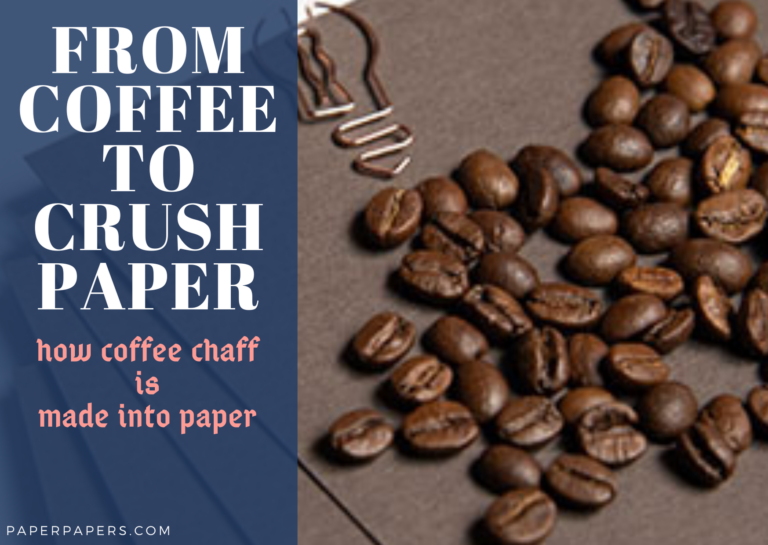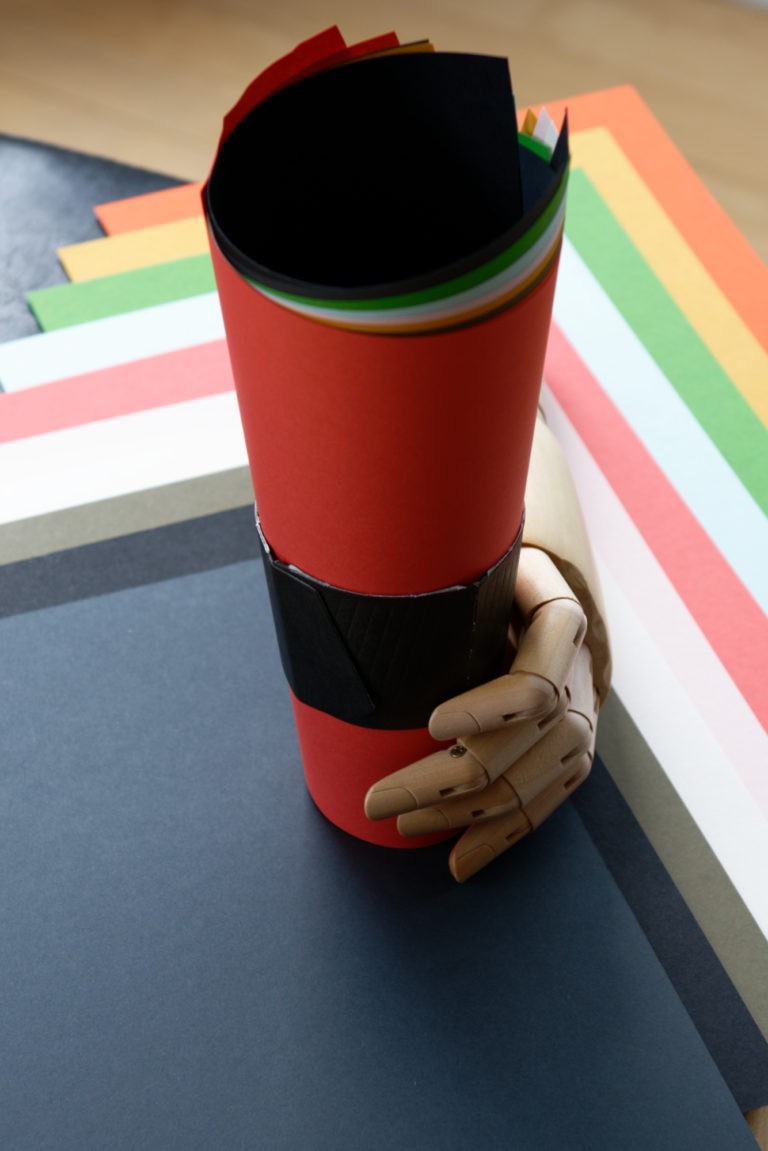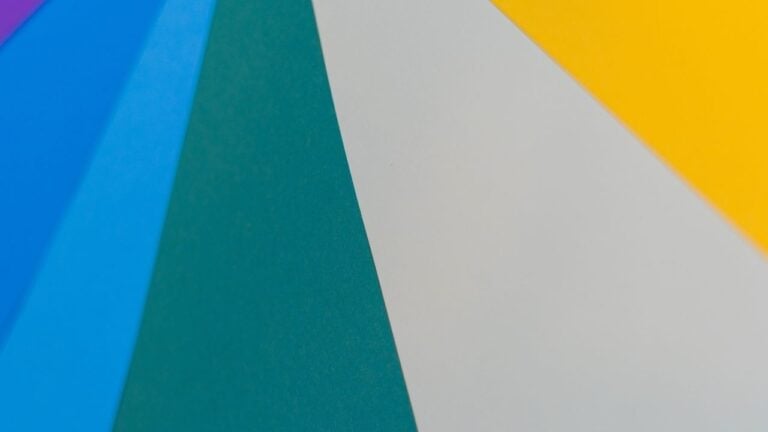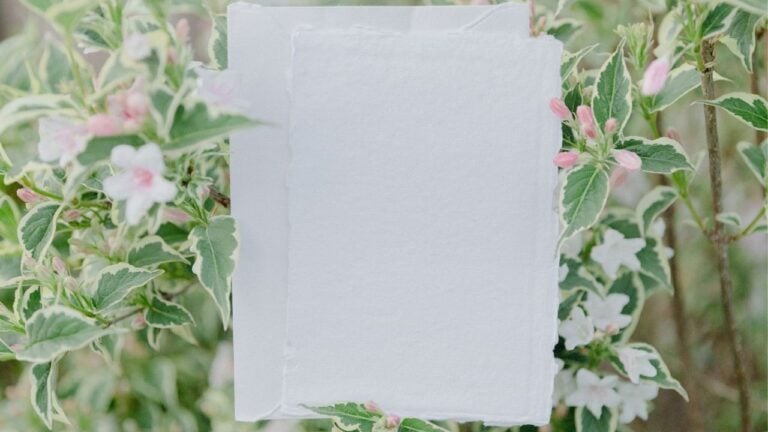How is Metallic Paper Made? 2 Methods

How is Metallic Paper Made? A Look Into its Manufacturing Process
Have you ever wondered, ‘How is metallic paper made?’ What’s done to give it that stunning, glossy finish? No doubt, transforming regular paper into such an eye-catching material takes a number of complicated processes. But once you learn exactly how metallic paper is made, you’ll surely have a new-found appreciation for it.
In this article, we’ll answer the question ‘How is metallic paper made?’ and take you through each step of the process.
What is Metallic Paper?

Metallic paper, also known as metalized or foil paper, is coated with a layer of metal, typically aluminum. This creates a glossy, reflective effect on the paper and gives it a highly attractive and luxurious appeal. You can also choose from a variety of designs, such as textured, glossy, and matte.
As you can imagine, the attractiveness of metallic paper makes it a staple in high-end decorative projects. People often use it to create gift packaging, labels, luxury prints, etc.
How is Metallic Paper Made?
Now, you’re probably wondering, ‘How is metallic paper made to get that glossy effect?’ Well, there are actually two processes of making metallic paper, which are as follows:
Method 1: Lamination
Between the two, lamination is a fairly simple process. It involves gluing uncoated paper to a sheet of aluminum, which should be 9 to 12 microns thick. Unfortunately, due to the shortage of aluminum, this method isn’t as common anymore.
In fact, by 2030, the world is estimated to face a significant shortage of aluminum, over 16 million metric tons in amount.
Method 2: Vacuum Metallization
On the other hand, vacuum metalization is the method most used to make metallic papers. It involves heating aluminum or other materials in a vacuum chamber to vaporize or sublimate it. Then, a thin layer of coating is poured onto the surface of the coated substrate.
In this method, the substrate helps give the paper its signature metallic finish. What’s more, vacuum metalization uses far less aluminum content than the previous method.
The vacuum production process can be divided into three separate processes, which are as follows:
Varnishing
First, a thin layer of varnish is applied to the coated substrate to prepare it for metalization. The paper used in this method is precoated with lacquers to smoothen out its surface. The lacquers also act as a barrier between the paper and the metalized layer, which helps improve the adhesion of the vaporized metal.
After applying varnish, the paper is passed through a hot air drying unit to remove any excess solvent. It’s then sent through freezing rollers so that it doesn’t stick to the winder.
Metallization
Once the varnishing process is complete, the papers are sent for metallization. This is where, one by one, each layer of varnished paper is applied directly to an aluminum sheet. All the paper and aluminum sets are then placed in a metallization chamber, where they go through the vaporization or sublimation process. After that’s done, the papers will exit the chamber, becoming metalized.
Lacquering
In this step, the metalized papers undergo a final coating and rewetting process. First, they’re placed in the lacquering machine to undergo the corona treatment, which helps fix the lacquer to the aluminum.
After that’s complete, the lacquer is applied using a gravure printing system, then dried and cooled once more. The water and dorsal treatment will also be applied to maintain the paper’s moisture and flatness when turned into sheets or labels.
Conclusion
For anyone wondering ‘How is metallic paper made?’, now you know. Although compared to the lamination process, the vacuum metallization method is used more often. Either way, the result is always a luxurious, glossy set of metallic papers that can be used for decorative purposes.
If you want to learn more about metallic papers and how to use them, check out PaperPapers. We have a variety of paper products and tutorials that will interest you.






